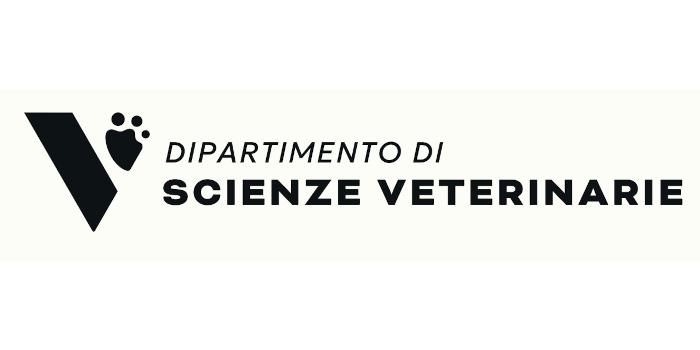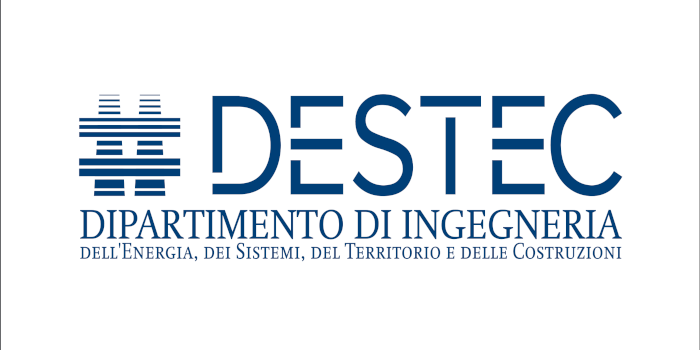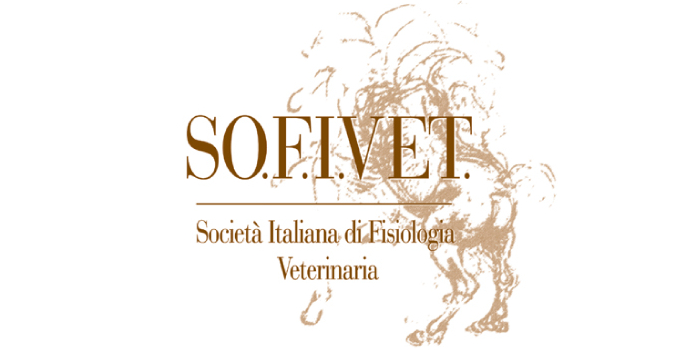SPECIAL SESSION #9
Innovation, Precision and Creation: New Tools for Measurement and Visualization in Macroscopic and Microscopic Anatomy
ORGANIZED BY
Andrea Pirone
Department of Veterinary Sciences, University of Pisa, Italy
Jean-Marie Graïc
Department of Comparative Biomedicine and Food Science, University of Padova, Italy
Valentina Vadori
Department of Computer Science and Informatics, London South Bank University, London, UK
Etienne Levy
One Health Photography
ABSTRACT
Recent advancements in image analysis software have transformed Macroscopic and Microscopic Anatomy, significantly enhancing our ability to observe, measure, and model biological structures. These digital tools enable precise quantitative and qualitative analyses, allowing researchers to extract detailed information from large datasets efficiently. The integration of artificial intelligence (AI) and machine learning (ML) has refined these tools, automating pattern detection, anomaly identification, and segmentation, thereby improving accuracy and reproducibility. In microscopy, this evolution allows researchers to extract quantitative data, advancing studies in cell biology, histology, and pathology. In Macroscopic Anatomy, these tools convert two-dimensional images into highly realistic 3D anatomical models, facilitating a clearer understanding of complex structures.
Moreover, the incorporation of 3D printing technology represents a groundbreaking innovation. By creating tangible and personalized models from 3D medical grade reconstructions, educators and researchers can manipulate physical representations of anatomical structures, playing with scales, perspectives and textures, enhancing learning experiences and fostering better comprehension of spatial relationships within the body.
Hence, new image analysis and 3D reconstruction software are essential tools in anatomical research. They provide insights and educational experiences that were previously unimaginable while 3D printing enriches the field by offering hands-on learning opportunities that deepen our understanding of anatomy.
ABOUT THE ORGANIZERS
Andrea Pirone was born in Livorno and completed his university studies in Pisa, where he graduated with honors in Biological Sciences. In 2000, he obtained a PhD in Veterinary Neuroanatomy at the University of Torino, with the aim of studying the Neuropeptide Y Distribution and Autoradiographic Localization of its Receptor in the brain of teleost fish. During his PhD, he began collaborating with Bruno Cozzi (University of Padova), with whom he has produced most of the data on the central nervous system of vertebrates. In 2001, he joined the Faculty of Veterinary Medicine, now the Department of Veterinary Sciences, at the University of Pisa, where he currently works in the fields of veterinary anatomy, histology, and embryology. Over the last ten years, his research interests have focused on the neuroanatomy of animals of veterinary relevance.
Jean-Marie Graïc is a trained veterinarian interested in neuroscience, with a focus on imaging and new technologies applied to large-brained mammals. After graduating in veterinary medicine in Liege, Belgium, he started a PhD at the university of Padova, Italy supervised by Bruno Cozzi, aimed at finding sex differences in bovine hypothalami, with a year period working with Dick Swaab at the Netherlands Institute for Neuroscience. He then started to implement cytoarchitecture cell recognition analysis coupled with brain tractography to study the neuroanatomy of understudied domestic and exotic mammal species. In particular, he is interested in understanding the structure and function of the cetacean brain.
Valentina Vadori is a Telecommunications Engineer and is finalizing her PhD at London South Bank University, UK, in collaboration with the University of Padova, Italy. Her research focuses on developing AI-based methods to process digitized histological slices, enabling quantitative studies of mammalian brain cytoarchitecture. She has worked on automated cell segmentation and classification, self-supervised cortical layer identification, cell shape classification, generative data augmentation, and anomaly detection. Valentina led the creation of CytoDArk0, the first open, annotated dataset for cell segmentation on Nissl-stained histological slices (available on Zenodo at https://zenodo.org/records/13694738). With a strong commitment to interdisciplinary research, Valentina is interested in applying image processing techniques and AI to deepen our understanding of the brain's structure, function, and dysfunction.
Etienne Levy is the founder of One Health Photography, a company created during his PhD in 2018. He graduated in veterinary medicine in Liege, Belgium and was assistant teacher in veterinarian anatomopathological. Promoting the scientific photography concept, he advocates for standardized, high-quality pictures for research, teaching and wildlife protection, allowing an efficient use of machine learning for applied biosciences. As the coordinator of international projects involving medical imaging and 3D printing, he is committed to developing innovative, accessible solutions. His focus on high-tech and low-cost open-source technologies ensures that these advancements benefit a wide range of users.


















